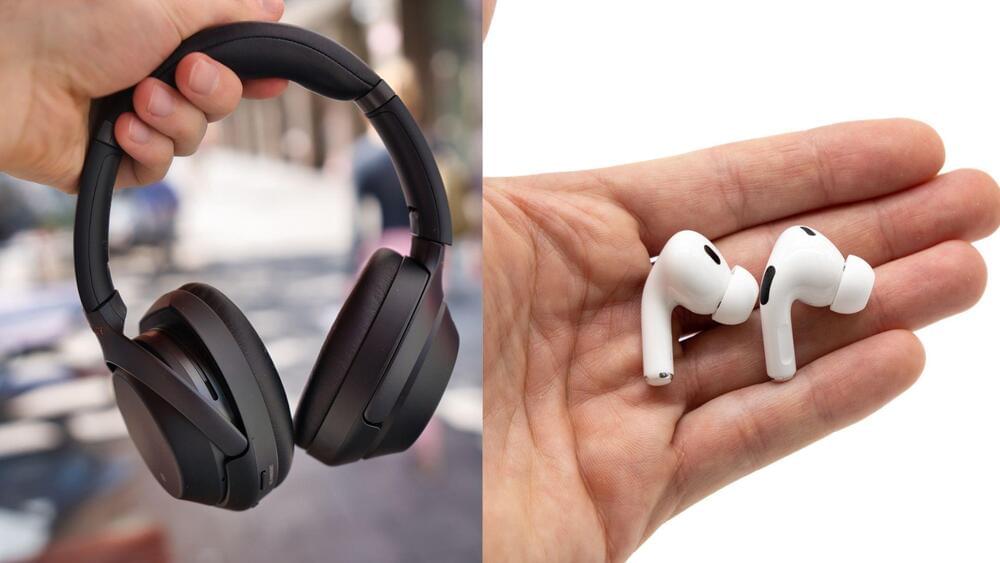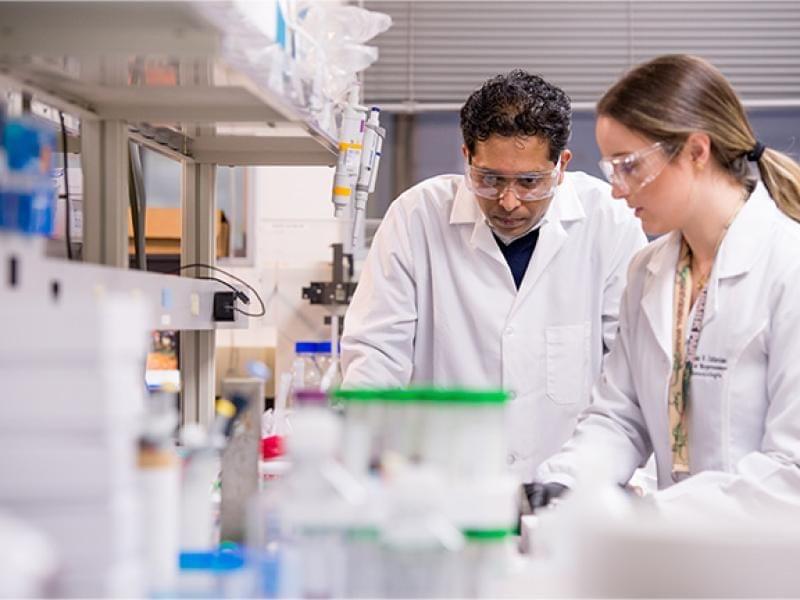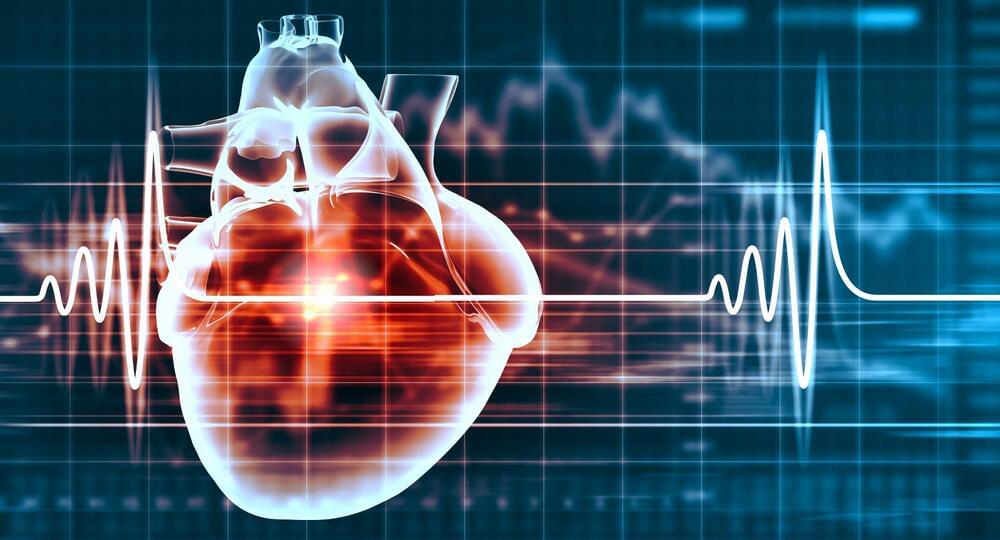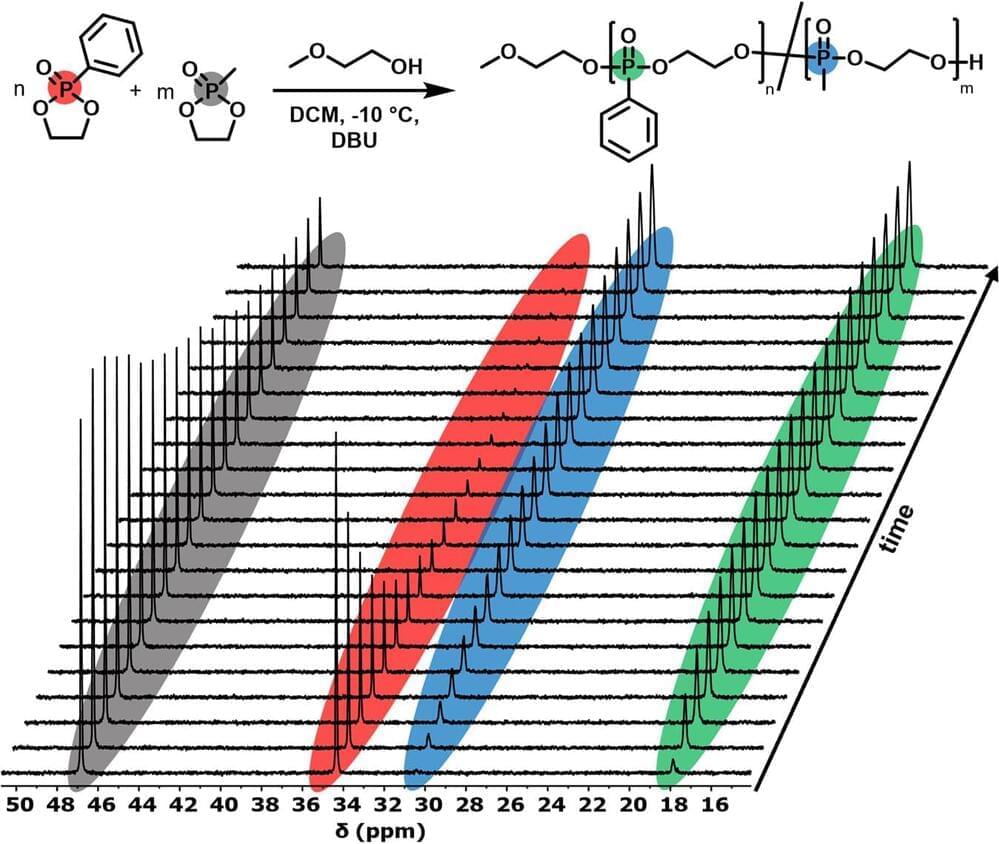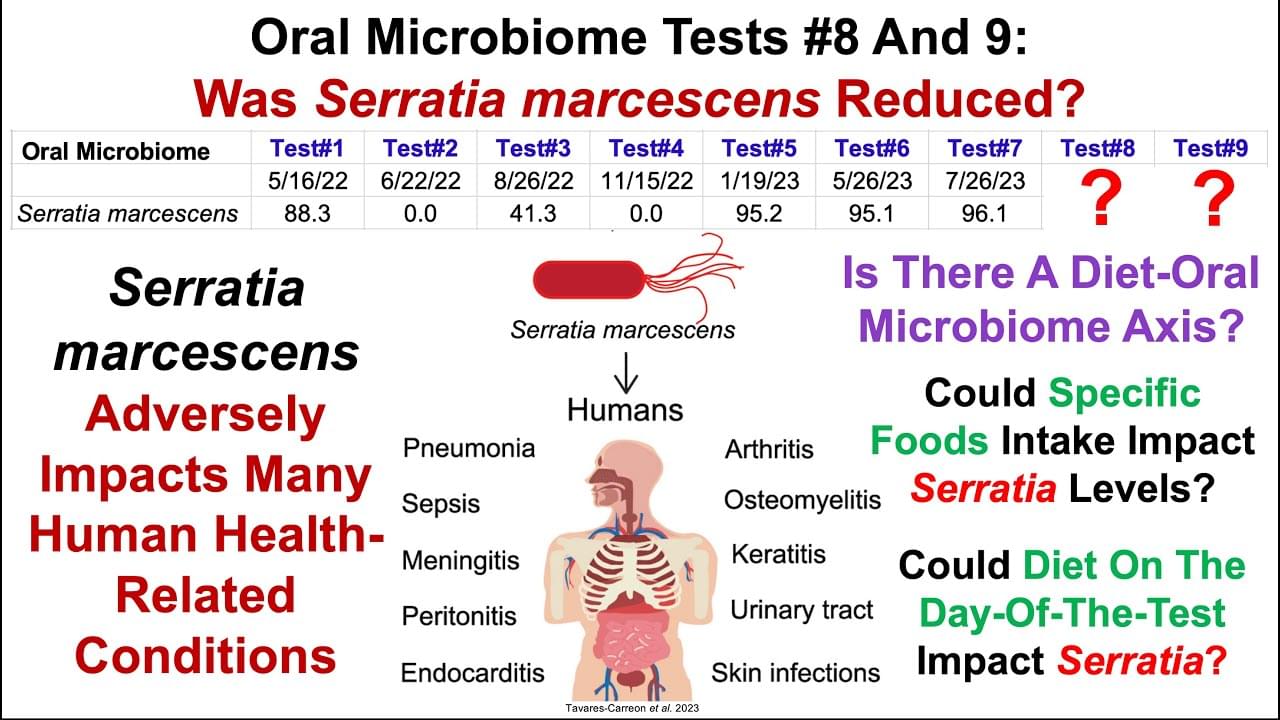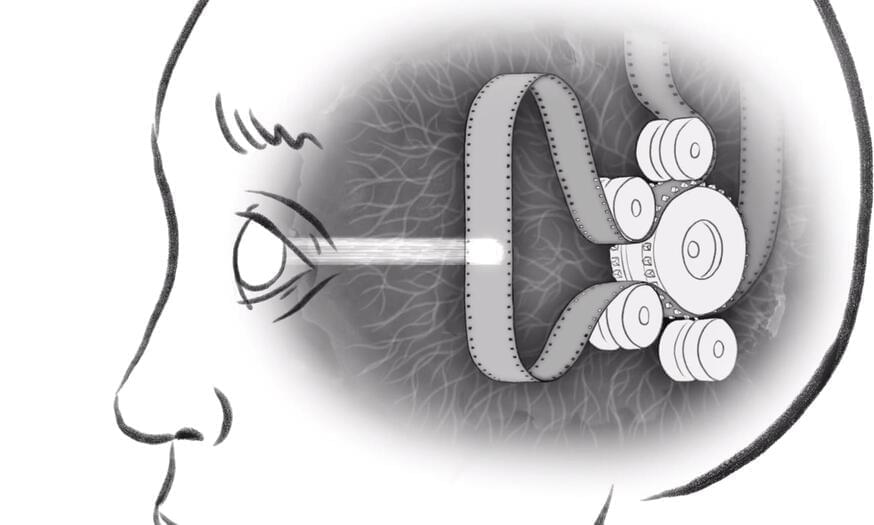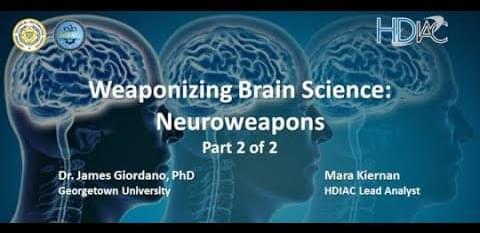Nov 26, 2023
How do noise-canceling headphones work and why are they so popular?
Posted by Gemechu Taye in category: mobile phones
Noise-canceling headphones are designed to block out the ambient noise and let you focus on what you want to hear.
Wirestock, photoschmidt via iStock.
This feature used to be a niche product for a select group of users, primarily frequent air travelers. But now, with technology being more affordable, it has become more vividly seen in many of the current market offerings. Take Apple’s AirPods Pro or AirPods Max, for example, or Sony’s WH 1,000 XM5 or WF 1,000 XM5 series or, say, the Bose Quite Comfort series. There are many options, from affordable to expensive ones, and the ANC performance varies across the price range.
Continue reading “How do noise-canceling headphones work and why are they so popular?” »
